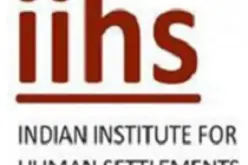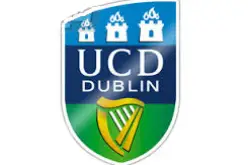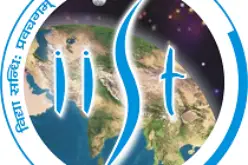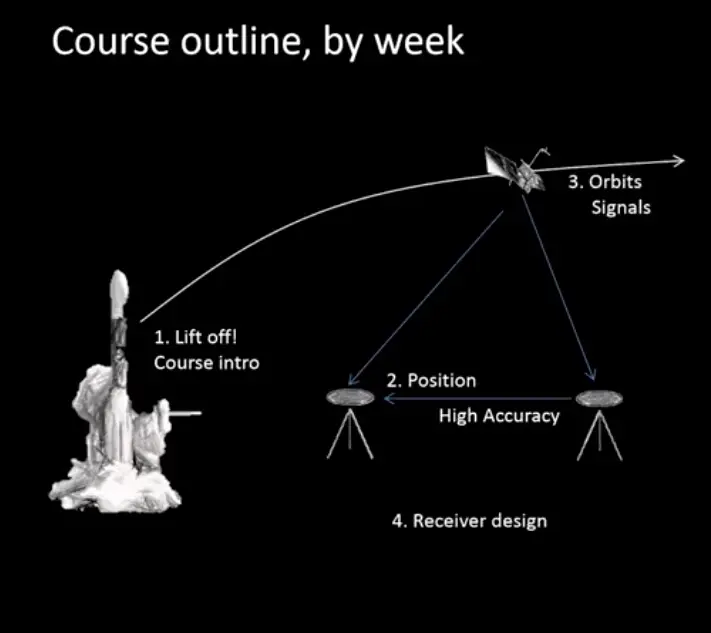 Coursera is an education platform that partners with top universities and organizations worldwide, to offer courses online for anyone to take, for free.
Coursera is an education platform that partners with top universities and organizations worldwide, to offer courses online for anyone to take, for free.
Coursera envision a future where everyone has access to a world-class education. Coursera aim to empower people with education that will improve their lives, the lives of their families, and the communities they live in.
The course “GPS: An Introduction to Satellite Navigation, with an interactive Worldwide Laboratory using Smartphones” is offered in partnership with Stanford University.
The course will help you to explore the fundamentals of the Global Positioning System (GPS) and how it works by conducting “backyard” laboratory experiments on your own mobile device. Learn the basics of satellite navigation and witness the power of a network with planet-wide coverage. Gain a deeper understanding of GPS and its role in our lives, while interacting with a worldwide community of learners and backyard scientists.
This course will teach you the fundamentals of how GPS works and introduce you to the diverse range of uses of satellite navigation—in all aspects of our lives.
Through vivid online lectures and a set of “backyard experiments” enabled by the widespread availability of GPS-enabled smart phones and tablets, students will be able to connect online learning to real-world experience. Even those who do not own laptop or desktop computers can take part; they will be able to view lectures and completing labs via mobile device only.
Course Format:
Course Syllabus:
The syllabus of above course is consist of two parts which was further divided into several module. The following is course structure:
1. Part I. Fundamentals of GPS Introduction
Introduction
- Module 1: How GPS Works
- Module 2: Pseudoranges
- Module 3: Orbits and Signals
2. Part II. Modern GPS receivers: cell phones, tablets and more!
- Module 4: Receiver Design Basics
- Module 5: Assisted GPS
- Module 6: The Future of GPS and Satellite Navigation
Who can Join:
As this course will involve some mathematics and equations, we strongly recommend an undergraduate education in a technical discipline (engineering, mathematics or physics).
Instructors:
- Per Enge, Stanford University
- Frank van Diggelen, Stanford University
To enroll and read more at: https://www.coursera.org/course/gpslab


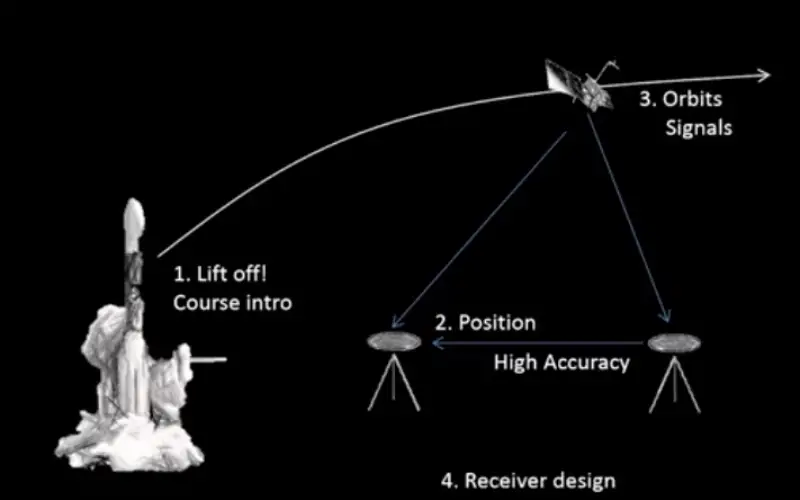
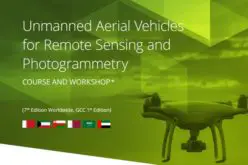
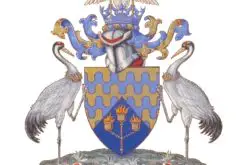
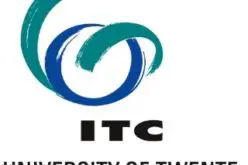
![High-quality Online GIS Program @ Penn State University [World Campus]](https://gisresources.com/wp-content/uploads/2013/09/pen-state-248x165_c.jpg)

